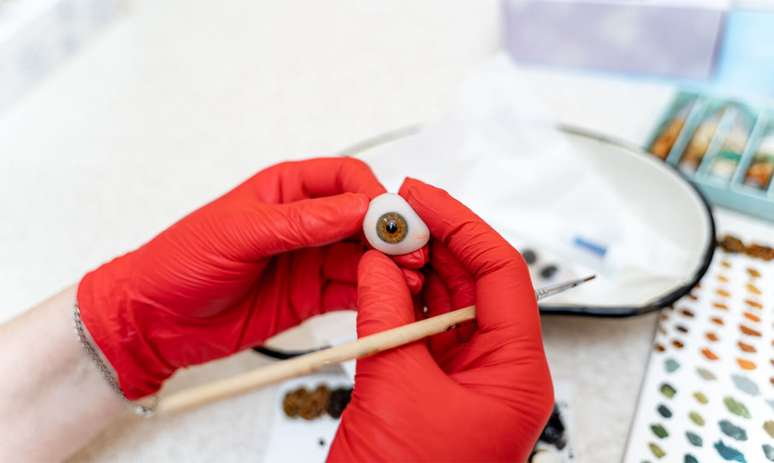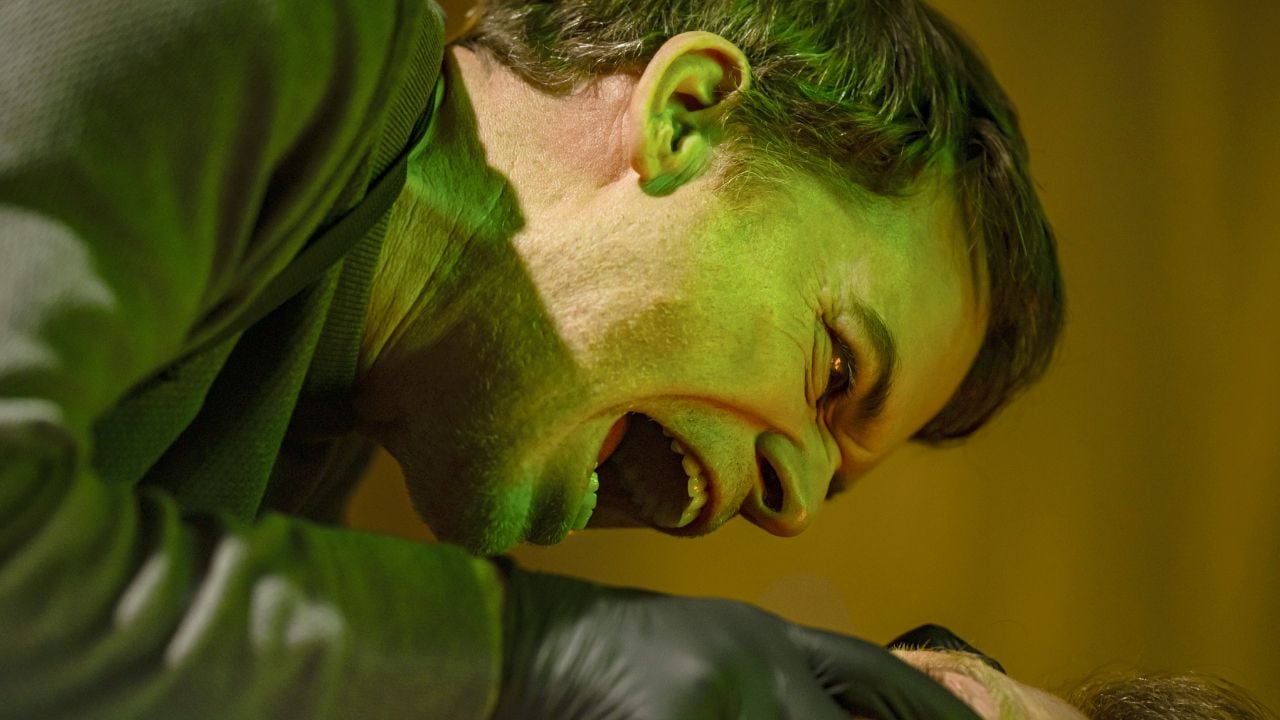The queue for cornea transplant has doubled in Brazil in the last 5 years. Understand how the procedure is performed and what the vision results are
The waiting list for a cornea transplant in Brazil has practically doubled in the last five years, going from 12,212 in 2019 to 23,946 currently, according to data from the Brazilian Council of Ophthalmology (CBO).
In the country, the main reason for surgery is keratoconus, and demand remains high due to the pandemic, says Dr. Ariane Alessio, an ophthalmologist at the Hospital de Olhos de Cuiabá (HOC).
“However, the lack of access to health services and the lack of awareness about eye health end up leading to late diagnoses and therefore an increase in the need for transplantation, which is the last option”, underlines the specialist.
According to her, cornea transplant may be indicated due to genetic diseases (such as keratoconus, Fuchs’ dystrophy, among others), bullous keratopathy, corneal infections that do not respond to treatment, trauma that compromises the cornea, complications after eye surgery and leukomas. .
What is the surgery like?
The operation consists in the total (penetrating) or partial (lamellar) exchange of the patient’s cornea with a donor cornea. It can be done manually or with a femtosecond laser, explains the ophthalmologist.
According to the doctor, the preoperative period includes tests to understand the real situation of the patient’s cornea. This is the case, for example, of the pentacam and specular microscopy of the cornea.
“After surgery, the patient must take prescribed eye drops, use occluders and rest, which is normally prolonged (approximately 3 to 6 months, depending on the pathology). During follow-up visits, the stitches are removed gradually,” he says .
Result visible
The patient’s final vision is very variable and depends mainly on the cause of the disease that led to the transplant and the type of surgery performed. “In the case of lamellar, vision is better than in penetrating. It takes time for vision to return and can change up to 1 year after surgery due to the management of stitches,” explains the doctor.
Corneal transplant is the last alternative
Ariane emphasizes that transplant should be the last alternative and this is why early diagnosis is so valuable. “It all starts with public awareness and public policies that bring patients to routine follow-up by the ophthalmologist from the first years of life. On the other hand, publicizing more the importance of organ donation, to save the eyes that didn’t have another chance,” he emphasizes.
Source: Terra
Ben Stock is a lifestyle journalist and author at Gossipify. He writes about topics such as health, wellness, travel, food and home decor. He provides practical advice and inspiration to improve well-being, keeps readers up to date with latest lifestyle news and trends, known for his engaging writing style, in-depth analysis and unique perspectives.








